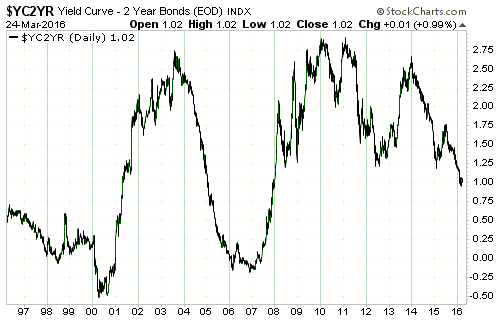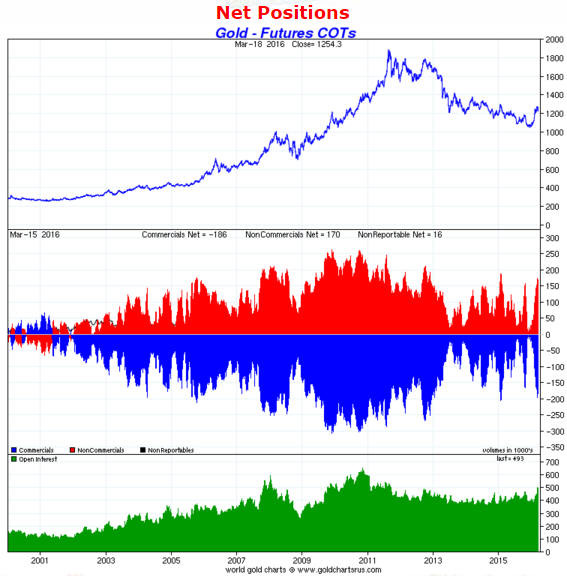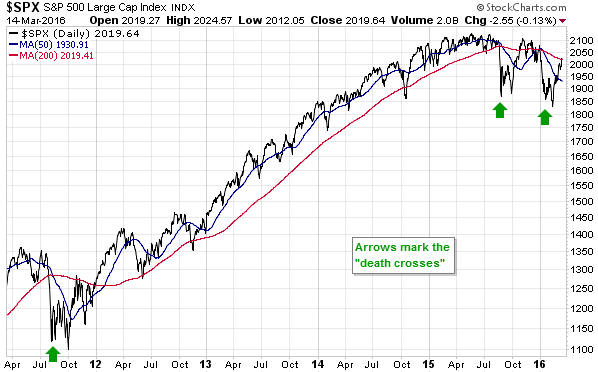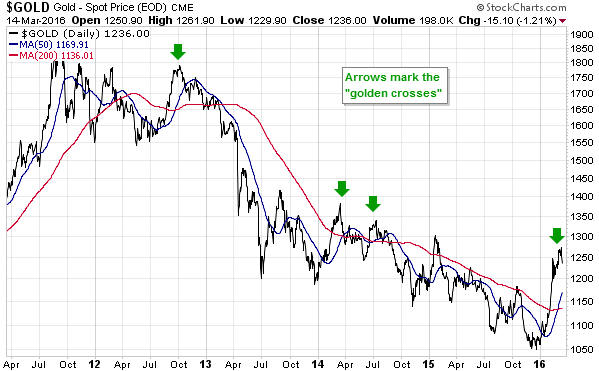Last November I entered the crash-forecasting business. As explained in a blog post at the time, my justification for doing so was the massively asymmetric reward-risk associated with such an endeavour. Whereas failed crash predictions are quickly forgotten, you only have to be right (that is, get lucky) once and you will be set for life. From then on you will be able to promote yourself as the market analyst who predicted the great crash of XXXX (insert year) and you will accumulate a large herd of followers who eagerly buy your advice in anticipation of your next highly-profitable forecast. Furthermore, since a crash will eventually happen, as long as you keep predicting it you will eventually be right.
My inaugural forecast was for the US stock market to crash during September-October of 2016. The forecast was made with tongue firmly planted in cheek, since I have no idea when the stock market will experience its next crash. What I do know is that it will eventually crash. My goal is simply to make sure that when it does, there will be a written record of me having predicted it.
That being said, when I published my crash forecast last November I gave a few reasons why it wasn’t a completely random guess. One was that stock-market crashes have a habit of occurring in September-October. Another was that the two most likely times for the US stock market to crash are during the two months following a bull market peak and roughly a year into a new bear market, with the 1929 and 1987 crashes being examples of the former and the 1974, 2001 and 2008 crashes being examples of the latter. The current situation is that either a bear market began in mid-2015, in which case the next opportunity for a crash will arrive during the second half of this year, or the bull market is intact, in which case a major peak will possibly occur during the second half of this year. A third was that market valuation was high enough to support an unusually-large price decline.
A fourth reason, which I didn’t mention last November, is that if the bull market didn’t end last year then it is now very long-in-the-tooth and probably nearing the end of its life. A fifth reason, which I also didn’t mention last year because it wasn’t apparent at the time, is that the monetary backdrop has become slightly less supportive.
So, I hereby repeat my prediction that the US stock market will crash in September-October of this year, but if not this year then next year or the year after. My prediction will eventually be right, at which point I’ll bathe in the glow of my own prescience and start raking in the cash from book sales.
 Print This Post
Print This Post




